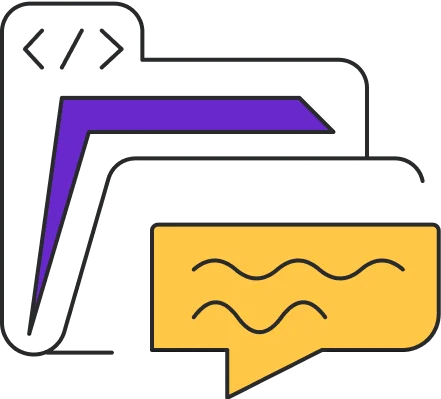Services We Offer
EEG
An Electroencephalogram (EEG) is a test that detects abnormalities in your brain waves, or in the electrical activity of your brain. This test is used in diagnosing Traumatic Brain Injuries.
Learn More About
Electroencephalogram (EEG)
The human brain is one of the most complex and fascinating organs in the body. It is responsible for our thoughts, emotions, memories, and so much more. When the brain is injured, it can have a profound impact on a person’s life. One tool that doctors use to diagnose traumatic brain injuries is the Electroencephalogram (EEG). This test detects abnormalities in brain waves, or in the electrical activity of the brain, providing crucial information that can guide treatment and recovery.
The EEG test is a non-invasive procedure that involves placing small electrodes on the scalp. These electrodes are connected to a machine that records the electrical activity of the brain. The patient is asked to lie still and relax while the test is being performed. The entire procedure usually takes about 30 minutes to an hour to complete.
The EEG test is highly sensitive and can detect even subtle changes in brain activity. This makes it an invaluable tool for diagnosing traumatic brain injuries, which can have a range of symptoms that vary in severity. The test can detect abnormalities in brain waves that may indicate damage to the brain, such as swelling, bleeding, or other trauma.
The EEG test can also be used to monitor the progress of recovery after a traumatic brain injury. This is important because recovery can be a slow and unpredictable process. By monitoring changes in brain activity over time, doctors can adjust treatment plans and make more accurate predictions about a patient’s recovery.
In addition to its use in diagnosing traumatic brain injuries, the EEG test is also used to diagnose and monitor other conditions that affect brain function, such as epilepsy, sleep disorders, and dementia. It is a versatile tool that can provide valuable information about the functioning of the brain.
While the EEG test is generally safe, there are some risks associated with the procedure. Patients may experience minor discomfort from the electrode placement, and there is a small risk of infection. Patients with metal implants or pacemakers may need to take special precautions before undergoing the test.
In conclusion, the Electroencephalogram (EEG) test is a valuable tool for diagnosing traumatic brain injuries. It can detect even subtle changes in brain activity that may indicate damage to the brain, providing crucial information that can guide treatment and recovery. The EEG test is also used to diagnose and monitor other conditions that affect brain function, making it a versatile tool for medical professionals. While there are some risks associated with the procedure, the benefits of the EEG test make it a valuable tool for diagnosing and treating brain injuries and other neurological conditions.
The EEG test is highly sensitive and can detect even subtle changes in brain activity. This makes it an invaluable tool for diagnosing traumatic brain injuries, which can have a range of symptoms that vary in severity. The test can detect abnormalities in brain waves that may indicate damage to the brain, such as swelling, bleeding, or other trauma.
The EEG test can also be used to monitor the progress of recovery after a traumatic brain injury. This is important because recovery can be a slow and unpredictable process. By monitoring changes in brain activity over time, doctors can adjust treatment plans and make more accurate predictions about a patient’s recovery.
In addition to its use in diagnosing traumatic brain injuries, the EEG test is also used to diagnose and monitor other conditions that affect brain function, such as epilepsy, sleep disorders, and dementia. It is a versatile tool that can provide valuable information about the functioning of the brain.
While the EEG test is generally safe, there are some risks associated with the procedure. Patients may experience minor discomfort from the electrode placement, and there is a small risk of infection. Patients with metal implants or pacemakers may need to take special precautions before undergoing the test.
In conclusion, the Electroencephalogram (EEG) test is a valuable tool for diagnosing traumatic brain injuries. It can detect even subtle changes in brain activity that may indicate damage to the brain, providing crucial information that can guide treatment and recovery. The EEG test is also used to diagnose and monitor other conditions that affect brain function, making it a versatile tool for medical professionals. While there are some risks associated with the procedure, the benefits of the EEG test make it a valuable tool for diagnosing and treating brain injuries and other neurological conditions.

